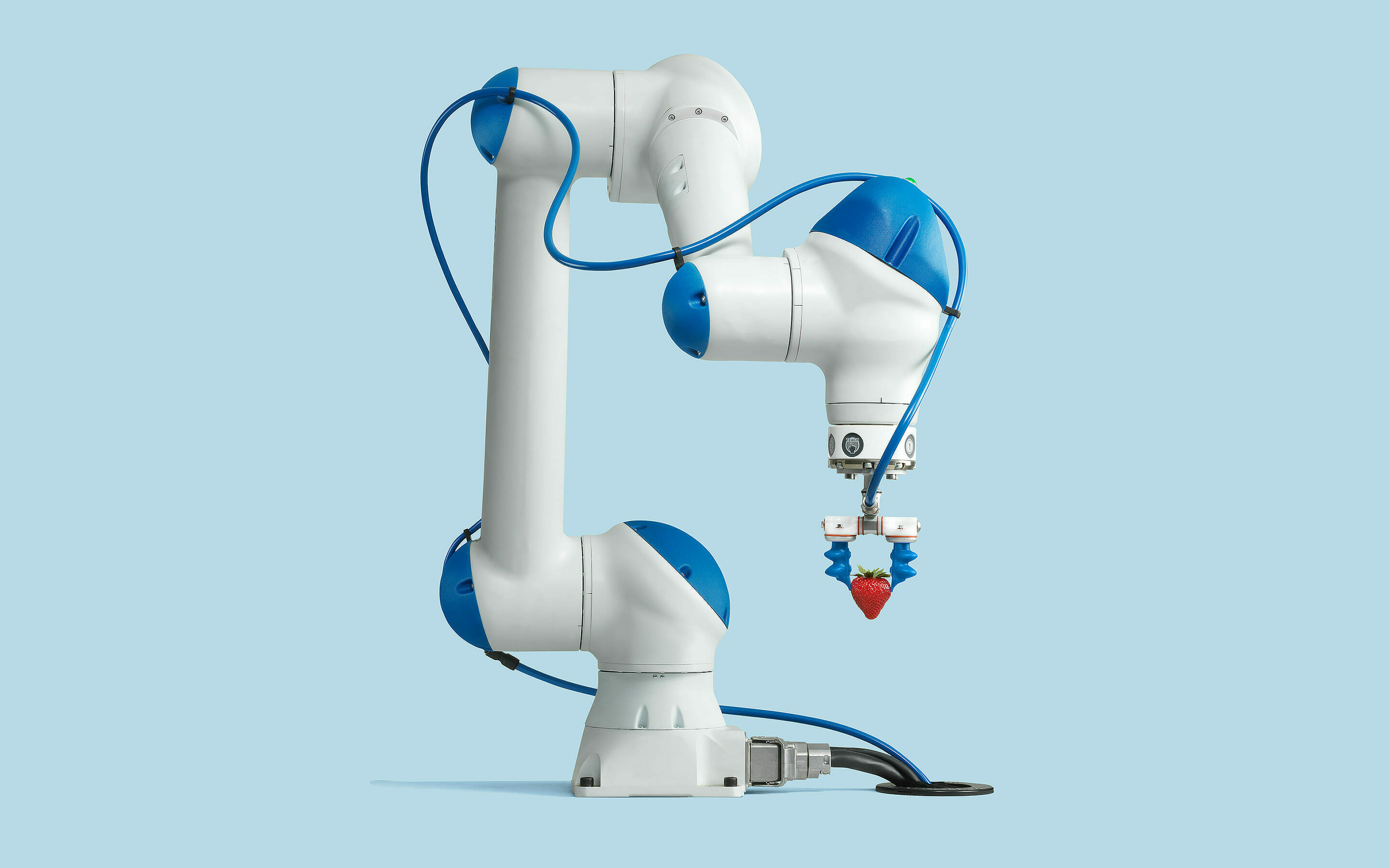See how Soft Robotics is helping to reduce food waste.
Carl Vause, CEO, Soft Robotics
Carl Vause, CEO, Soft Robotics
Up Next:
Reshape the surface of the planet
Reshape the surface of the planet
